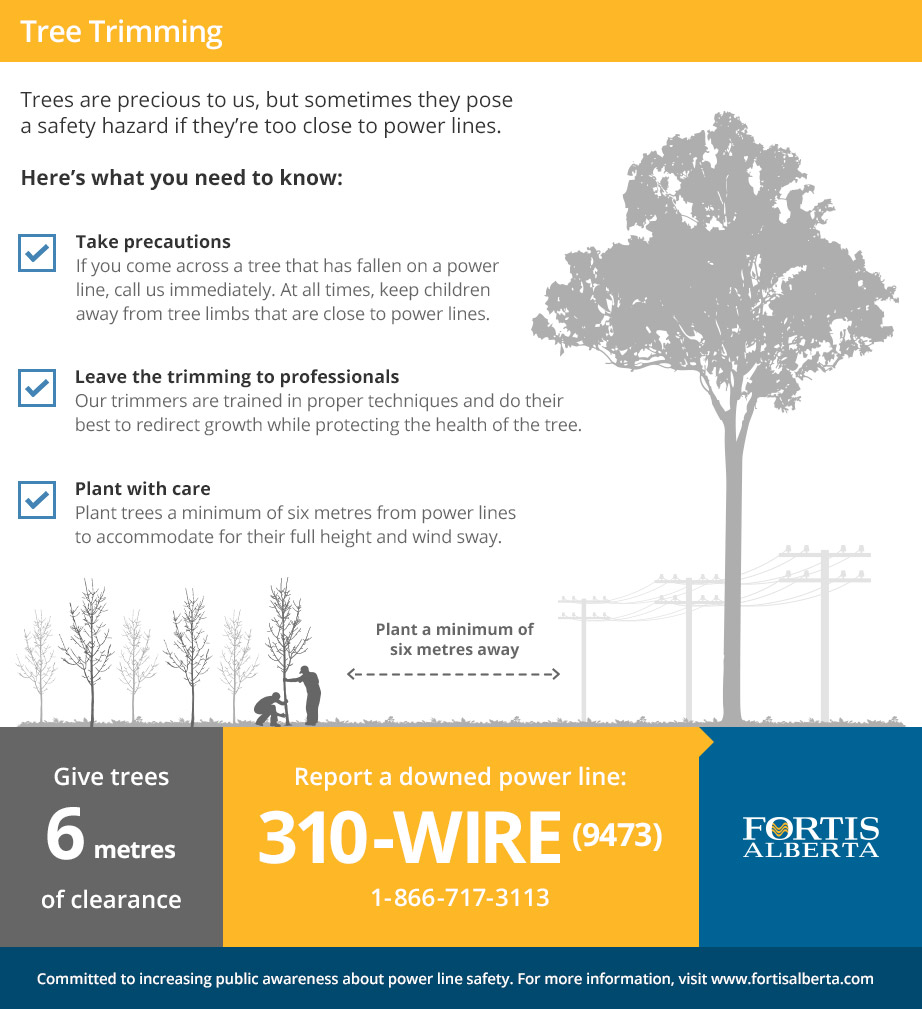Indicators It's Time For Tree Removal: How To Determine Unsafe Trees
Indicators It's Time For Tree Removal: How To Determine Unsafe Trees
Blog Article
Content Writer-Winther Enemark
When it pertains to tree treatment, recognizing the indications that it's time for removal is vital for your safety and security and building. You may notice discolored leaves, wilting branches, or odd fungal growths suggesting health problems. Architectural problems, like a substantial lean or cracks in the trunk, can likewise position dangers. Understanding these warning signs can assist you make informed choices about your trees and avoid potential dangers lurking in your backyard. What should you seek following?
Indicators of Degeneration and Condition
When you see indicators of degeneration and disease in your trees, it's vital to act rapidly. Try to find tarnished leaves, wilting branches, or uncommon developments like fungus. These can suggest that your tree is having a hard time.
If you see splits in the bark or soft, mushy timber, these signs and symptoms recommend internal decay. Furthermore, an unexpected increase in pests around your tree can signify that it's damaged and vulnerable.
Look for any type of dead or passing away limbs, as they position a danger to your building and security. If you're uncertain about what you see, getting in touch with an arborist can give quality.
Addressing Does Insurance Cover Tree Removal can conserve you from more substantial damages and make certain the wellness of your backyard. Do not wait until it's too late.
Structural Instability and Leaning
As you observe your trees, keep an eye out for any indicators of architectural instability or leaning. If a tree leans significantly, it may suggest that the origin system is endangered.
Look for simply click the following article of fractures in the trunk or soil around the base; these can signify prospective failing. In addition, look for unusual development patterns, like a lopsided crown, which may recommend that the tree is having a hard time to hold itself upright.
If you discover that the tree leans toward your home, power lines, or various other structures, it poses a higher risk. Do not neglect continue reading this -- seek advice from an arborist to evaluate the circumstance.
Doing something about it early can avoid expensive damages and guarantee your safety.
Dead or Dying Branches and Foliage
If you discover dead or dying branches and vegetation on your tree, it's a clear indicator that something's incorrect.
These unhealthy locations can suggest underlying issues like illness, pest infestations, or environmental stress and anxiety. When branches lose their fallen leaves or transform brownish, they're no more adding to the tree's health and wellness. Overlooking these indications might result in additional decrease, making your tree extra hazardous.
Dead branches can quickly break off during storms, presenting a risk to residential property and people nearby. It's vital to analyze the extent of the damages.
If the issue impacts a substantial part of the tree, take into consideration seeking advice from a professional. They can aid identify if elimination is required to make certain security and maintain the beauty of your landscape.
Conclusion
If you observe any type of indicators of degeneration, structural instability, or dead branches on your trees, do not neglect them. These indicators can pose major safety and security dangers to you and your residential or commercial property. It's always best to speak with an expert arborist who can supply a professional analysis of your trees. Acting early can prevent accidents and pricey damage, guaranteeing your landscape remains safe and healthy. Bear in mind, it's much better to be positive about tree treatment than to wait for a catastrophe to occur.
